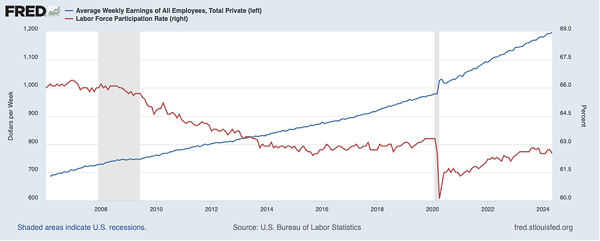Well, that didn’t last long.
A few months ago, all we heard from the mainstream media is that the “sell America” trend was going to stick around for a long time.
Nowadays, we’re still hearing that. But one corner of the market—closed-end funds (CEFs)—is telling us something interesting: That investors are starting to turn their attention back to the US.
That’s given us an opportunity to front-run this quiet shift now, while it’s still early, with some high-yield CEFs trading at attractive discounts. In a second, I’ll walk you through the signal we’re getting from two of the biggest US-focused CEFs—one holding stocks, the other corporate bonds.… Read more


Recent Comments